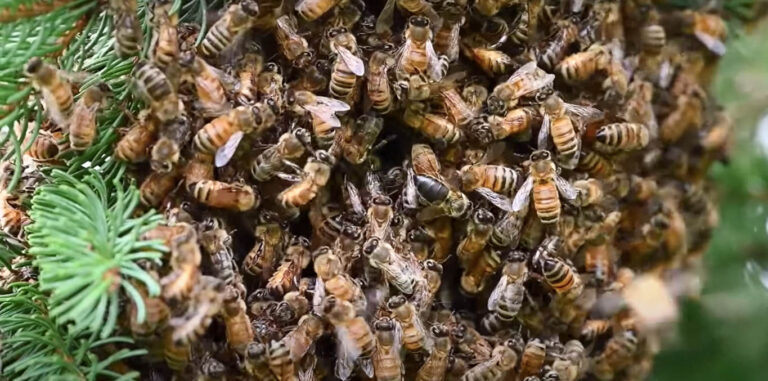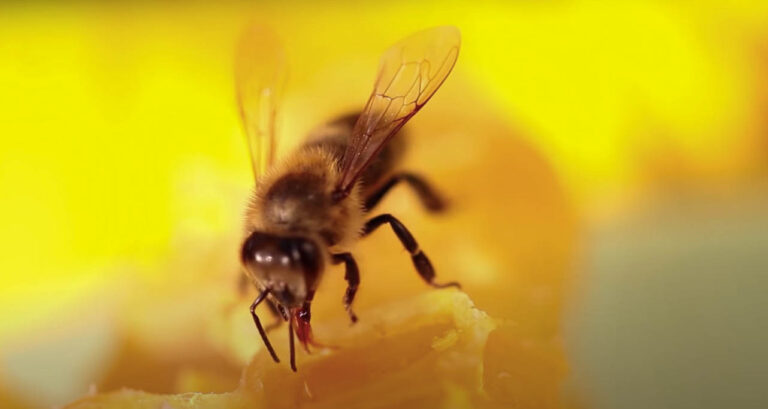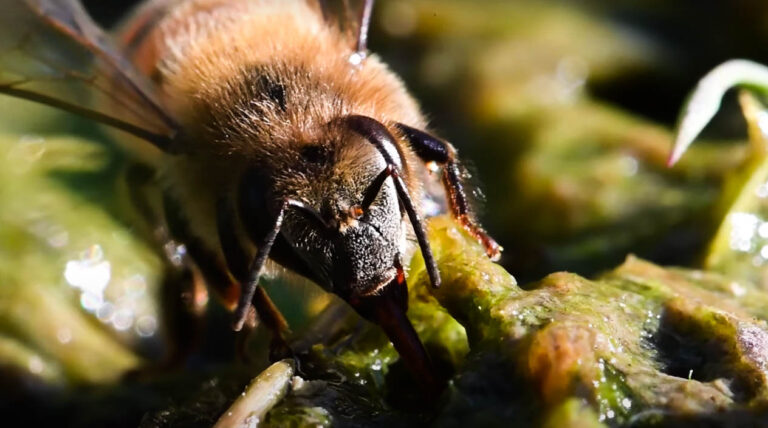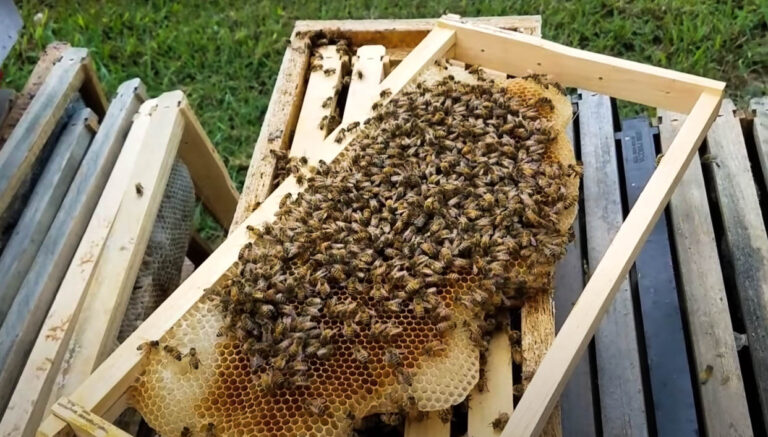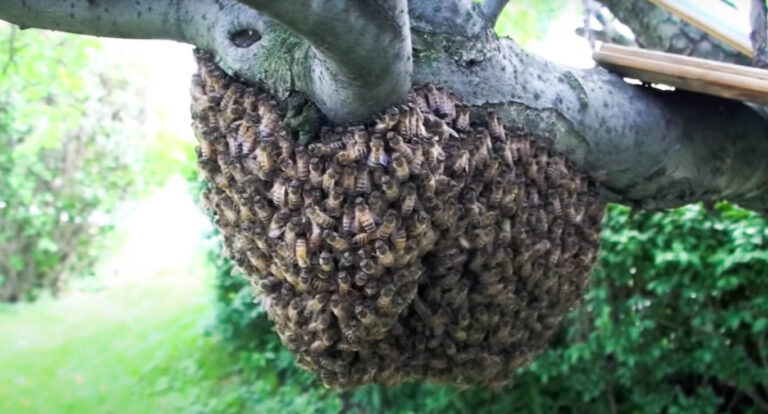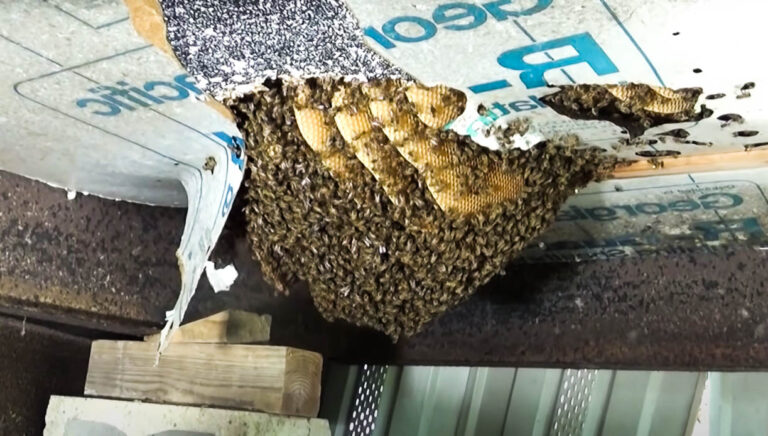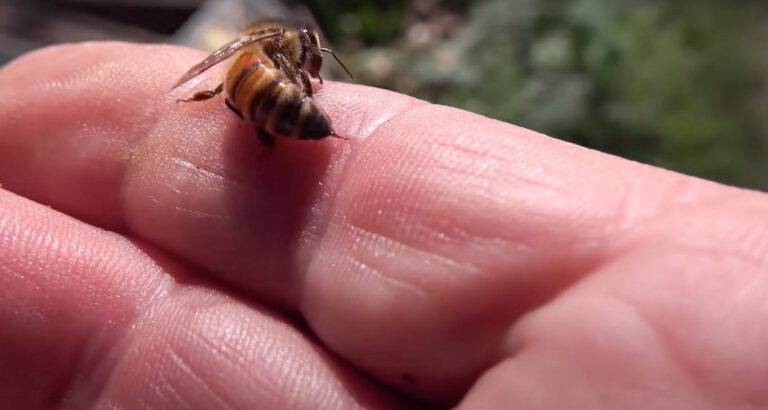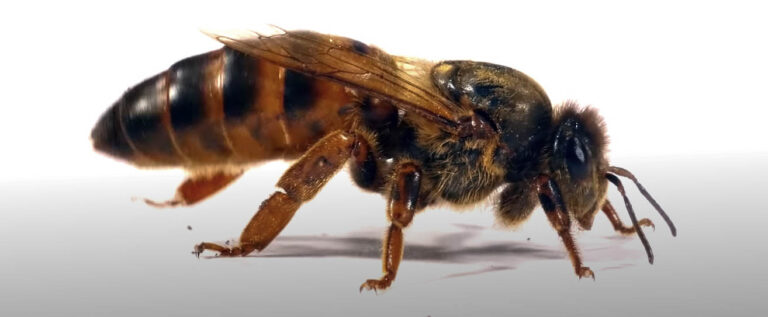What is the life cycle of a bee?
What is the life cycle of a bee?
Bees play important roles as honey producers as well as pollinators. They could be specially cultivated by farmers for the pollination of their crops. They could also be pests infesting properties and constituting a nuisance to occupants. Understanding the life cycle of bees is important for controlling them as pests as well as cultivating them for their different benefits. This article highlights the life cycle of bees. They undergo complete metamorphosis, with their life cycle including four stages. The stages of the life cycle of bees are the eggs, the larvae, the pupae, and the adults.
Eggs
The queen is responsible for laying all the eggs. Colonies could have one queen or multiple queens. The queen lays eggs after an established period of mating with the drones. The drones are the fertile males, while the queens are the fertile females. Drones and the queen mate mid-air. The queen releases pheromones that attract the drones to it. After the queen and drones mate, the queen stores the sperm in the spermatheca.
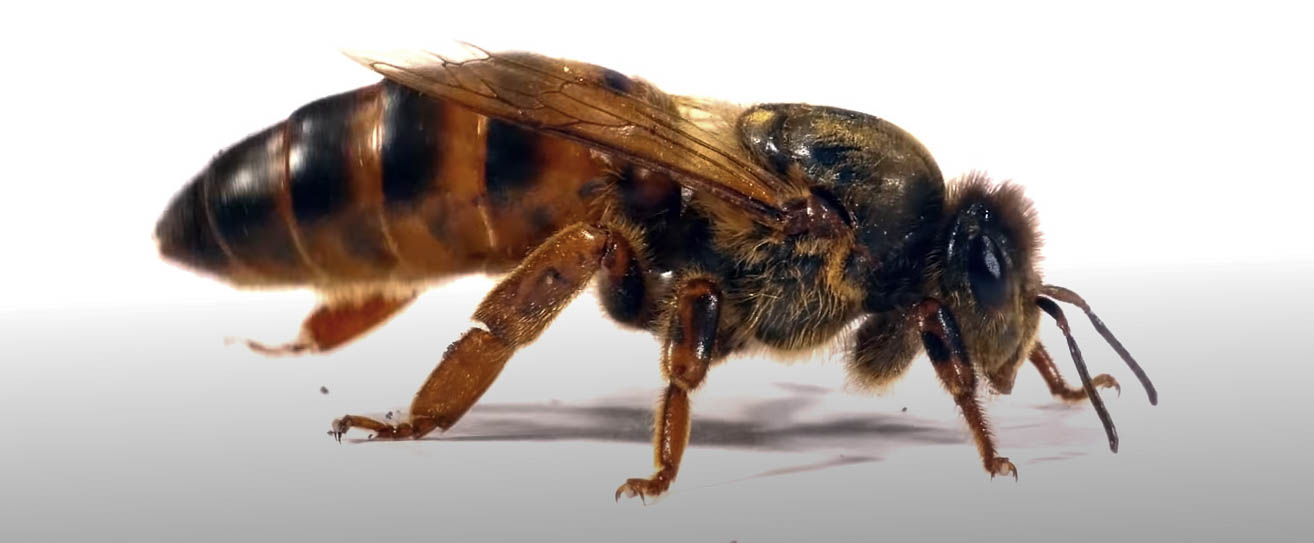
Eggs produced by the queen could be fertilized eggs or unfertilized eggs. The fertilized eggs develop into drones and queens, depending on the diet. The unfertilized eggs typically develop into workers. Workers are non-reproductive females. Queens lay eggs in brood cells that could be sealed.
Larvae
Eggs develop into larvae after the required period of time. The required period of time for the development of eggs into larvae is dependent on the caste of the bee, as well as general factors like environmental conditions. The larvae feed on different food sources, including nectar and pollen. The larvae develop into pupae after the proper conditions are met. Bee larvae are small and white. They are also helpless and cared for by the workers.
Pupae
The pupal bees develop basic body parts such as the legs and eyes. After the pupae are sufficiently developed, they become adults that can crawl out of the cells where they were laid. The period of development of the different body parts and the length of the pupal stage is dependent on factors such as the caste of the bee.
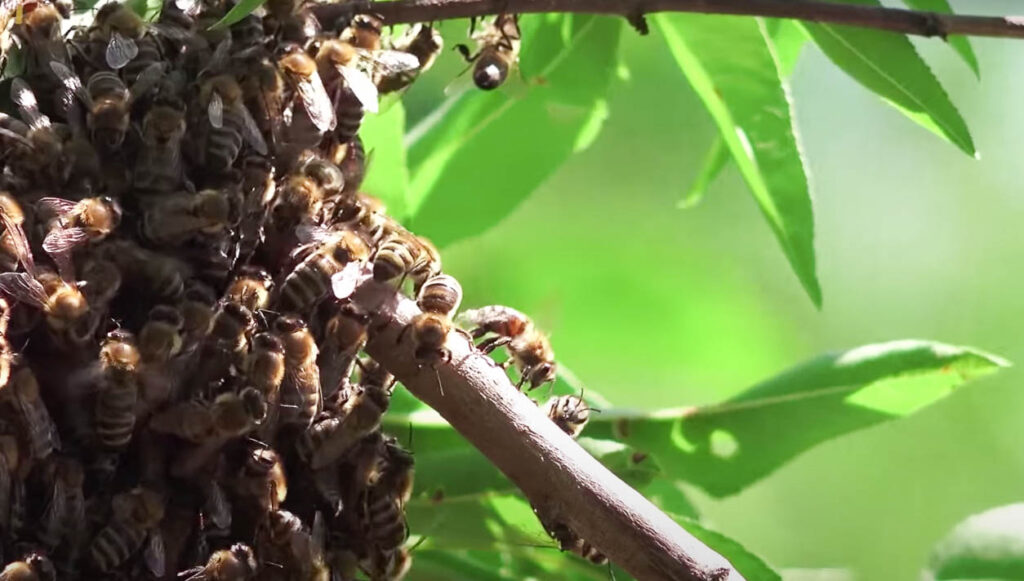
Adults
Adult bees emerge from the cells where the eggs were initially developed. It takes an average of one month for eggs to develop into adults. After complete maturation as adults, the different bees begin to go about their activities. The queen bees, for example, could begin mating with drones after two weeks of complete maturation to adult bees.

